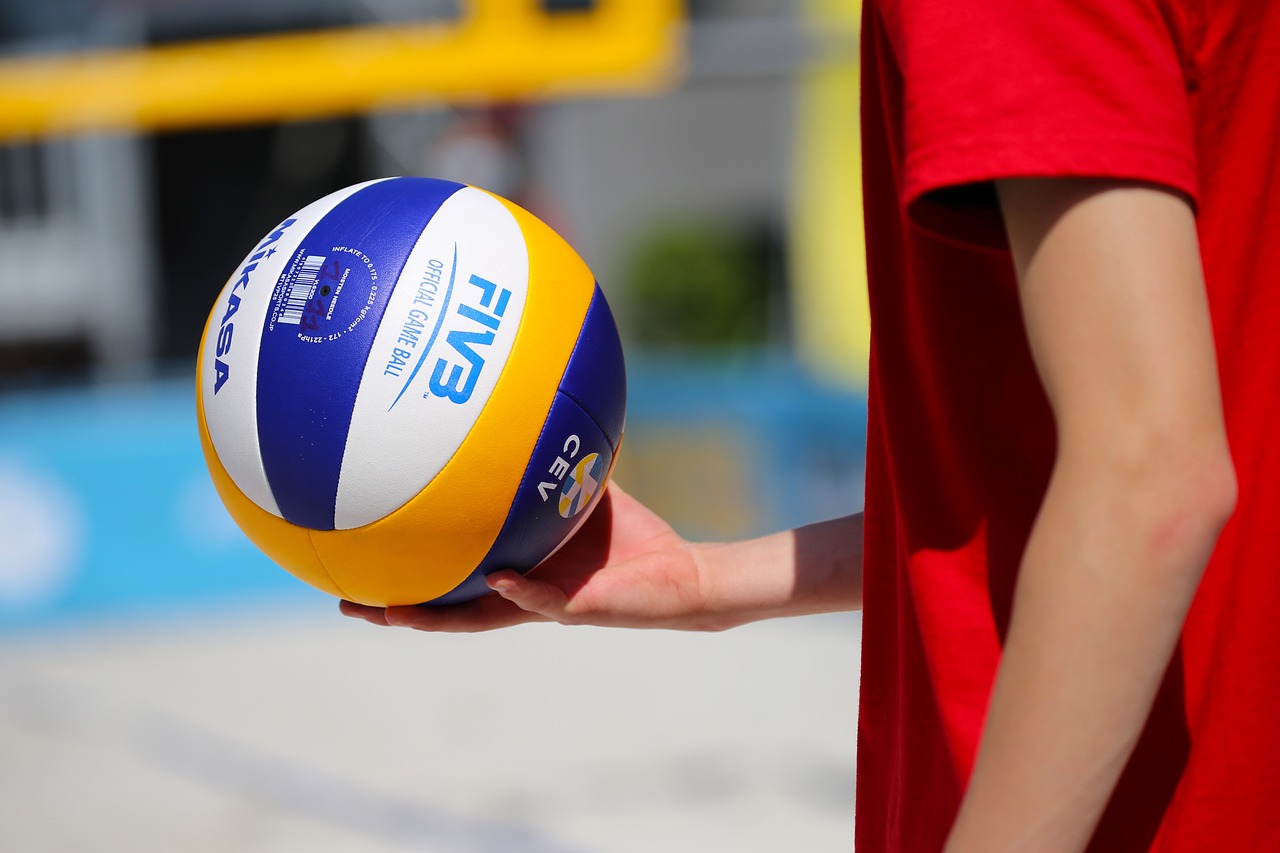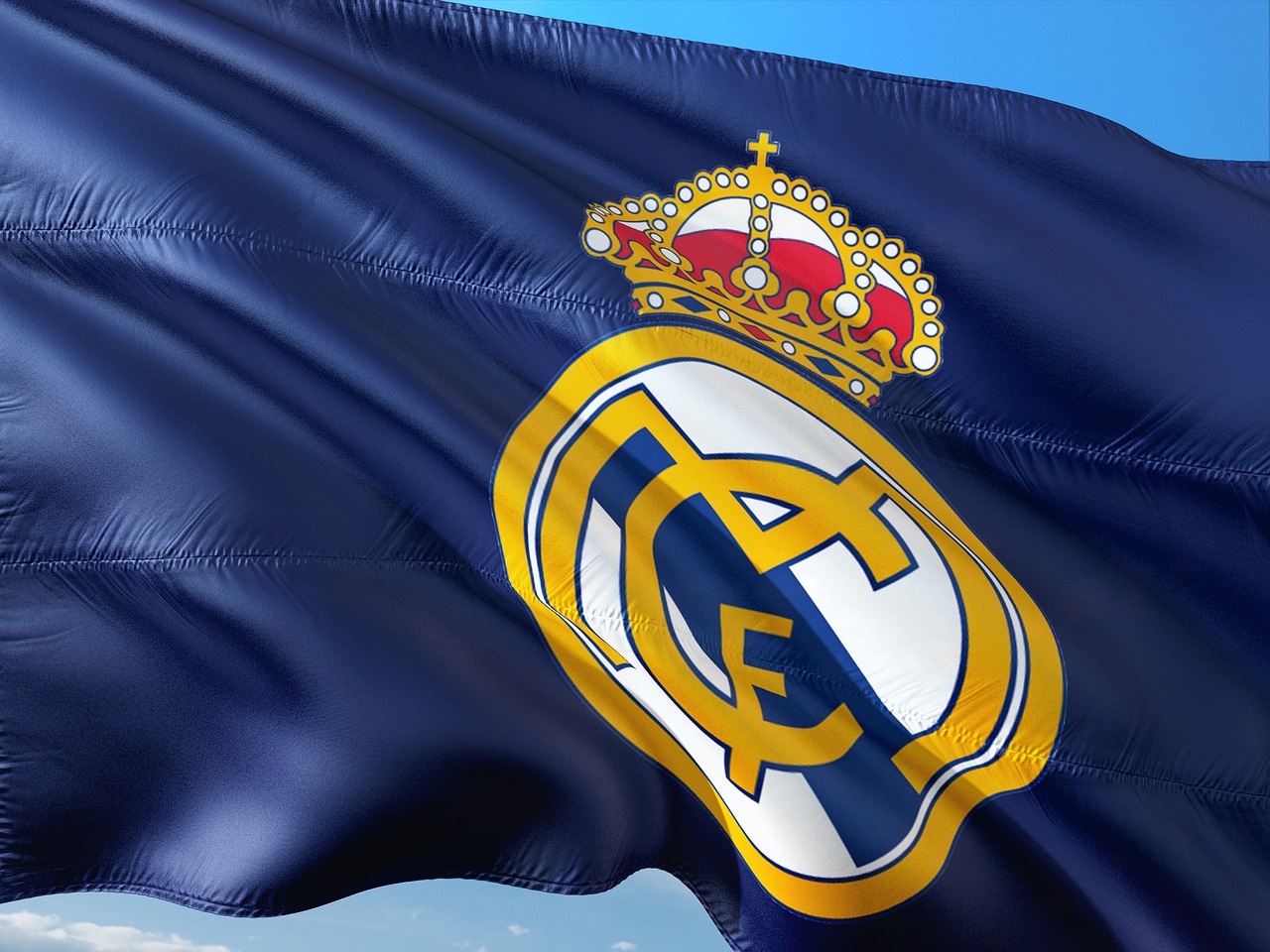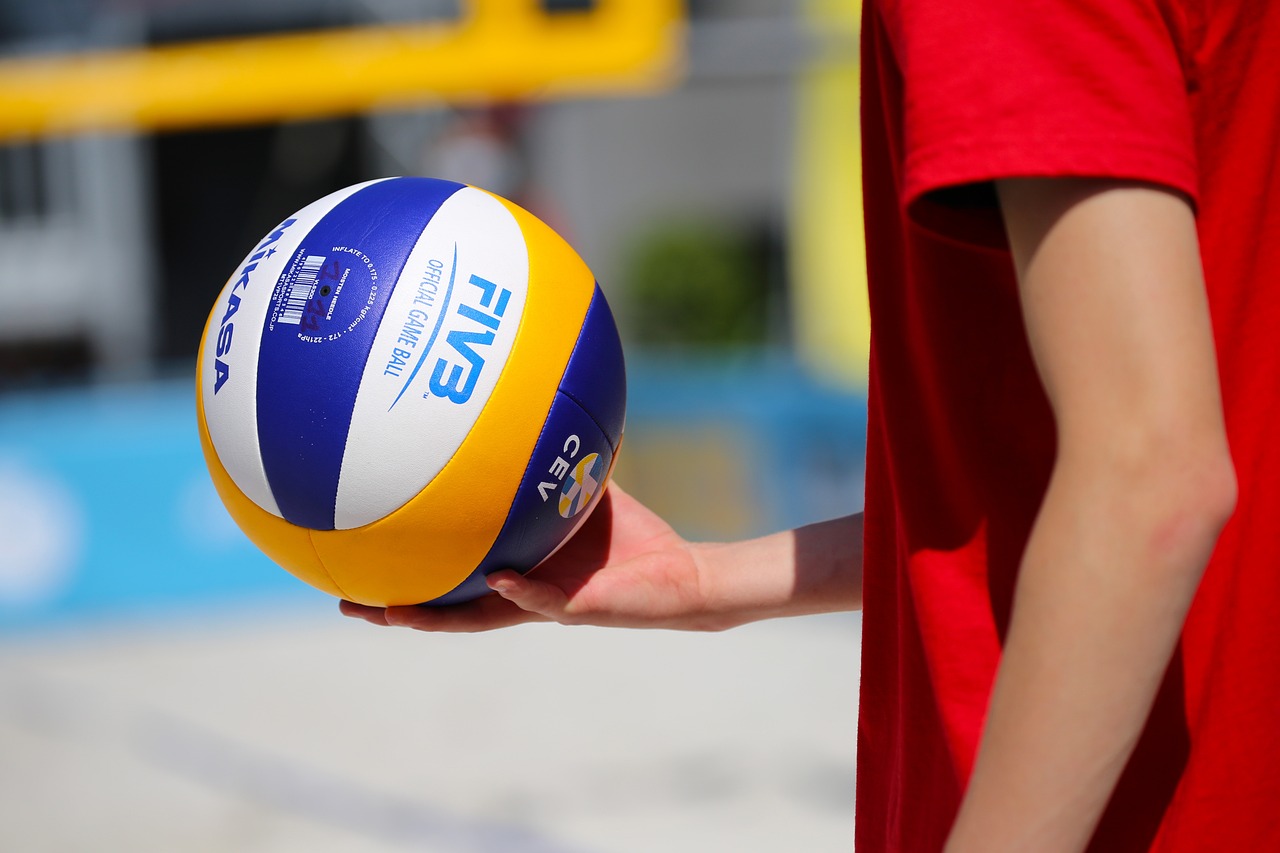
Individual vs team sports dynamics in player impact
Pros and cons of individual impact in team sports
The advantage of standout individual performances like García’s is clear: he boosts the team’s attacking options and raises his market value, attracting interest from clubs across Europe. His 30 goals in 73 Castilla appearances and recent surge in a top-level tournament demonstrate his scoring ability and readiness to contribute. On the downside, individual success does not guarantee sustained playing time in a team sport with entrenched stars. Real Madrid’s history shows many promising young strikers with strong youth records failed to secure first-team roles due to competition from global superstars like Cristiano Ronaldo and Karim Benzema.
Team dynamics shaping player development and opportunity

Real Madrid’s squad dynamics emphasize team cohesion and reliance on proven stars, often at the expense of emerging talent. Coach Xabi Alonso’s trust in García during the Club World Cup reflects a shift, but the reality remains that players like Mbappé, Vini Jr., and Rodrygo occupy limited attacking spots. Alonso’s demand for higher work rates suggests team culture and tactical discipline weigh heavily alongside raw talent. García’s 379 minutes in the tournament came largely because Mbappé missed three group games due to illness, showing how team circumstances can open or close doors for individuals.
Statistical evidence on individual vs team influence

García’s Club World Cup stats—four goals and one assist in five games, averaging 0.8 goals per game—contrast with his six goalless senior appearances before the tournament. This spike underlines how situational factors and team context impact individual output. Meanwhile, Mbappé’s historic consistency, including a 2024-25 season with 30 goals in 40 appearances across competitions, secures his starting role regardless of temporary dips. Real Madrid’s reliance on players with proven high-impact metrics exemplifies why individual performances must align with team needs to translate into long-term roles.
Conclusion individual brilliance must fit team framework

Gonzalo García’s Club World Cup surge energizes Real Madrid’s attacking depth and demonstrates the potential for individual talent to influence team success. However, his future at the Santiago Bernabéu depends on breaking into a star-studded lineup where team dynamics and coaching strategies dominate. The balance between individual achievement and team integration remains critical, with statistical performance and tactical fit jointly determining a player’s path. García’s case exemplifies how individual stats spark opportunity but team structure ultimately shapes careers in elite soccer.






